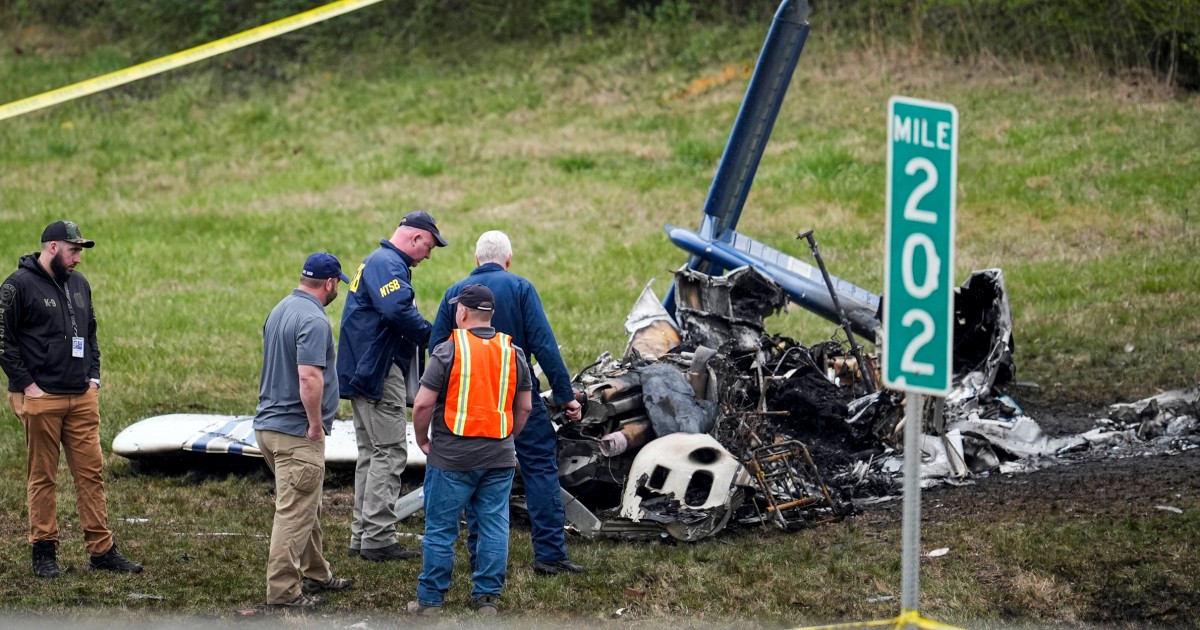- Click to share on Facebook (Opens in a new window)
- Click to share on Twitter (Opens in a new window)
- Click here to share on LinkedIn (Opens in a new window)
- Click to email a friend (Opens in a new window)
Editor's Note: Les Abend recently retired after 34 years as a Boeing 777 pilot for American Airlines. He is an aviation analyst for CNN and a senior contributor to Flying magazine. The opinions expressed in this comment are those of the author.
(CNN) - Reports of a Delta Airlines flight on Wednesday, September 18, en route from Atlanta to Fort Lauderdale, which collapsed 30,000 feet, describe a dramatic experience, but seem to characterize something wrong: the incident reflects the execution of a Very precise procedure, not a potential fall into oblivion.
Although the exact circumstances that led to the event have not yet been fully reported, the situation seems to have been a very controlled decline.
A little comfort, you say? Why would the pilots make such a descent?
The most likely reason why the pilots took this action was a pressurization problem. The pressurization system on an airplane compresses the density of the air volume so that we, you, the passengers and we, the flight crew, can breathe normally at high altitudes where the air is less dense. The system may fail if a leak occurs in the cabin, that is, a window is broken, or the outlet valve that allows air to escape slowly for circulation has a malfunction, or a pressurization purge hose is released or develops a leak. These are extremely rare events.
Pilots place pressurization problems into two categories: fast or explosive. A rapid depressurization is a situation in which cabin pressure is decreasing at a much faster rate than normal. At some point, the system will not be able to maintain a cabin pressure to breathe. An explosive depressurization, on the other hand, is an event whereby the cabin loses pressure almost instantly.
It is true that neither sounds good. But in any of these events, the pilots are trained to perform very specific emergency procedures. The goal is to take the plane to an altitude where it can breathe, usually 10,000 feet. The first step is for the crew to wear oxygen masks. The duration of consciousness useful at high altitudes can be as small as 15 seconds. The second step of the procedure is to establish communications between the two pilots through the microphone systems in their masks so that they can complete their checklists and literally be on the same page.
The third step in the procedure is to ensure that the oxygen masks of the passengers have been deployed in the cabin automatically or manually by means of a switch. The last step in the procedure is to initiate an emergency descent.
The emergency descent is a very controlled maneuver. The tilt of the plane points down at an angle that produces a very steep descent speed. Most passenger oxygen systems (the hanging masks that nobody pays attention to during the hostess briefing) have approximately 12 minutes of use available, so the goal is to beat the clock. Pilots have a separate system, with almost 60 minutes of oxygen available, depending on altitude and respiratory rate.
The devices on the wing called "speed brakes", which quickly destroy the elevation, are deployed by the pilots to assist in the descent speed. Speed brakes are part of normal operations, but are used for maximum effectiveness during an emergency descent.
Although the circumstances and maneuvers may seem creepy from the passenger's point of view, rest assured that the pilots are well prepared. If you find yourself in this very atypical situation, the best thing you can do to collaborate is, first, place the mask over the nose and mouth. Breathe. Do not panic. Help someone else. And finally, trust that the pilots take care of your best interests.
Congratulations to the entire Delta crew for continuing their training, and also to the flight attendant professionals.








